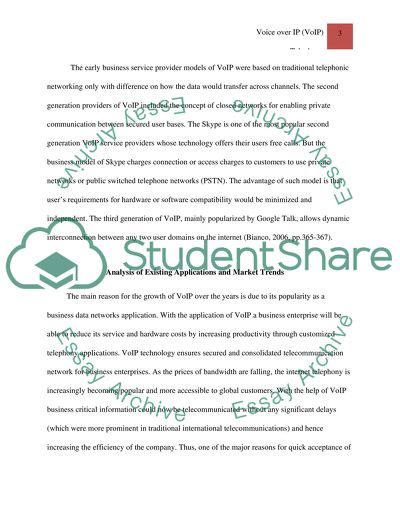Cite this document
(“Voice over IP (VoIP) telephony Research Paper Example | Topics and Well Written Essays - 1250 words”, n.d.)
Voice over IP (VoIP) telephony Research Paper Example | Topics and Well Written Essays - 1250 words. Retrieved from https://studentshare.org/e-commerce/1480267-voice-over-ip-voip-telephony
Voice over IP (VoIP) telephony Research Paper Example | Topics and Well Written Essays - 1250 words. Retrieved from https://studentshare.org/e-commerce/1480267-voice-over-ip-voip-telephony
(Voice over IP (VoIP) Telephony Research Paper Example | Topics and Well Written Essays - 1250 Words)
Voice over IP (VoIP) Telephony Research Paper Example | Topics and Well Written Essays - 1250 Words. https://studentshare.org/e-commerce/1480267-voice-over-ip-voip-telephony.
Voice over IP (VoIP) Telephony Research Paper Example | Topics and Well Written Essays - 1250 Words. https://studentshare.org/e-commerce/1480267-voice-over-ip-voip-telephony.
“Voice over IP (VoIP) Telephony Research Paper Example | Topics and Well Written Essays - 1250 Words”, n.d. https://studentshare.org/e-commerce/1480267-voice-over-ip-voip-telephony.


